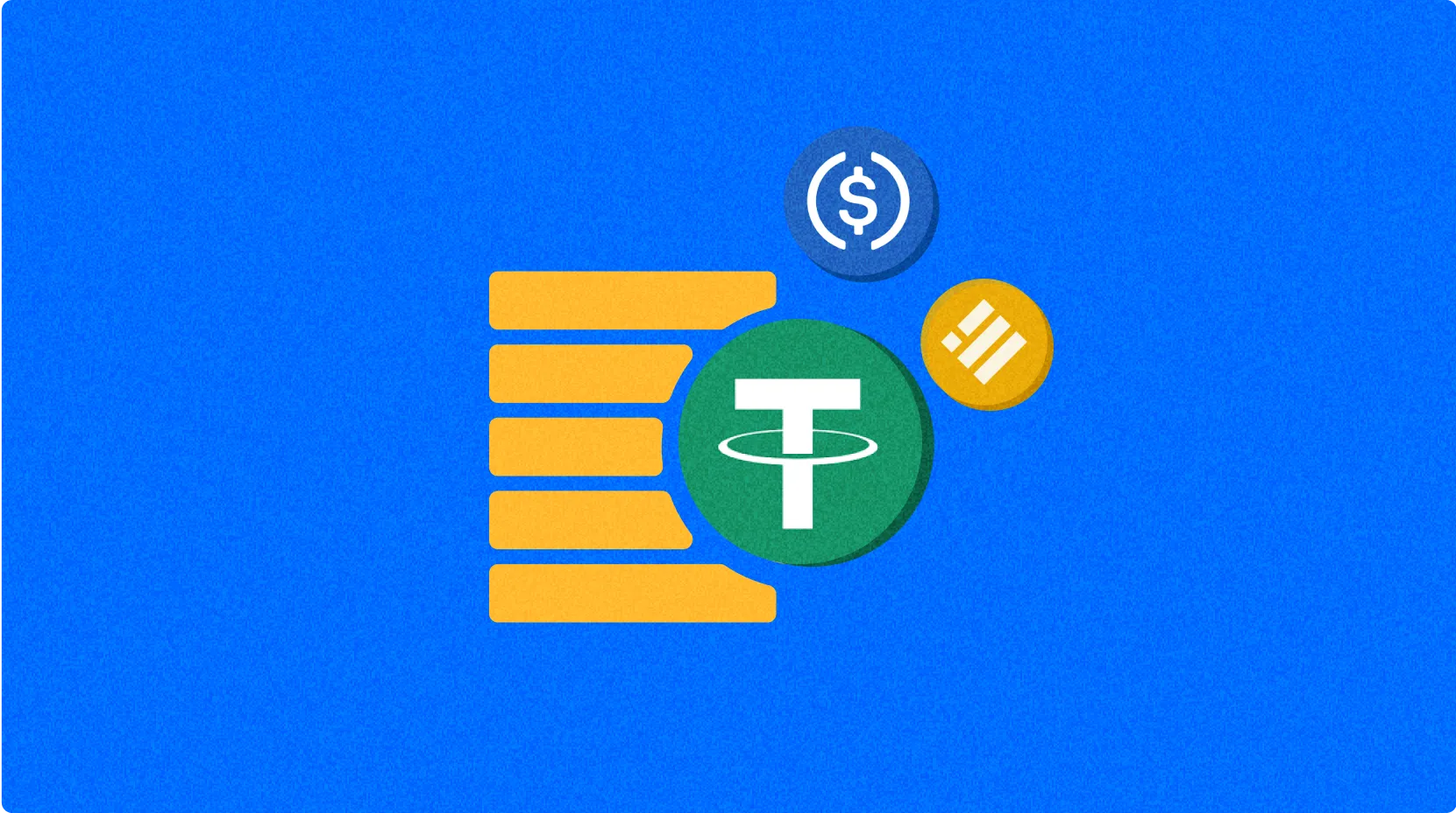2025'te gerçekleşen %51 saldırısının ardından Monero'nun karşı karşıya olduğu güvenlik riskleri nelerdir?


Qubic'in Ağustos 2025'te Monero'ya Düzenlediği %51 Saldırı, 6 Blokluk Yeniden Düzenlemeye Yol Açtı
Ağustos 2025'te kripto para dünyası, Qubic'in Monero (XMR) ağına gerçekleştirdiği tartışmalı %51 saldırısıyla büyük bir güvenlik olayı yaşadı. Saldırı sonucunda blok zincirinde altı blok yeniden düzenlendi. Olay, madencilik gücündeki aşırı merkezileşmenin, gizliliğe odaklanmış ve köklü kripto paraları dahi savunmasız bırakabileceğini ortaya koydu. Saldırı sırasında Qubic, Monero'nun toplam hash oranının yarısından fazlasını kontrol ederek işlem geçmişini değiştirme ve çifte harcama yapma imkanını elde etti.
Kontrol edilen oran konusunda ise çelişkili raporlar tartışma yarattı:
| Kaynak | İddia Edilen Hashrate Kontrolü | Saldırı Sonucu |
|---|---|---|
| Qubic | %51'in üzerinde | 6 blokluk yeniden düzenleme |
| RIAT Institute | %50'nin altında (gerçek ağ 6,25 GH/s) | İddiaların yanlış aktarıldığı belirtildi |
Güvenlik uzmanları, bu saldırının özellikle gizlilik coin kullanıcıları arasında ciddi kaygılara yol açtığını vurguladı. Olayın ardından Monero geliştiricileri, gelecekteki çıkarcı madencilik saldırılarını engellemeye yönelik protokol iyileştirmelerini gündeme aldı. Bu gelişme, blok zinciri güvenliğinin temelleri ve iş ispatı sistemlerinde ekonomik teşviklerin önemi konusunda ciddi sorular doğurdu. O dönemde yaklaşık 6 milyar dolarlık piyasa değerine sahip olan Monero üzerindeki bu olay, teknik açıdan güçlü kripto paraların dahi uygun ekonomik koşullarda saldırılara açık olabileceğini gösterdi.
Saldırı Sonrası XMR Fiyatı Bir Haftada %25 Geriledi
Monero'ya yapılan son %51 saldırısı, gizlilik coin piyasasında ciddi bir şok etkisi yarattı ve önemli bir fiyat düşüşüne yol açtı. Monero'nun değeri yaklaşık 252 dolara kadar gerileyerek yedi gün içinde %25'lik kayıp yaşadı. Bu sert düşüş, yaz rallisi sırasında elde edilen tüm kazanımları silerek XMR'yi Mayıs 2025'ten bu yana en düşük seviyesine çekti.
Piyasa analistleri, bunun 2025'te Monero için en keskin günlük kayıplardan biri olduğunu ve yalnızca yoğun regülasyon baskısı dönemlerindeki genel piyasa düzeltmeleriyle kıyaslanabileceğini belirtiyor. Fiyat hareketleri, güvenlik ihlalinin etkisini net şekilde ortaya koyuyor:
| Dönem | Fiyat Değişimi | Son Fiyat |
|---|---|---|
| 24 Saat | %6 ila %7 düşüş | 252 $ |
| 7 Gün | >%25 düşüş | 252 $ |
| 30 Gün | >%25 düşüş | 252 $ |
Saldırı, Monero'nun piyasa değerinde ciddi bir azalma yaratırken yatırımcı güvenini de sarstı. Güvenlik ihlalinin zamanlaması, gizlilik odaklı kripto paralara yönelik artan regülasyon baskısıyla da örtüşüyor. Kanıtlar, işlem platformlarının XMR desteğini yeniden değerlendirdiğini ve bazı borsaların Monero işlem çiftlerini kısıtladığını veya kaldırdığını gösteriyor. Piyasa verilerine göre, XMR saldırı öncesinde yaklaşık 306 dolardan işlem görüyordu; sonrasında yaşanan fiyat hareketi ise güvenlik açıklarının, teknik sağlamlığa veya topluluk desteğine rağmen, kripto para değerlerini hızla düşürebileceğini kanıtlıyor.
Monero Topluluğu, Güvenliği Artırmak İçin Konsensüs Mekanizması İyileştirmelerini Araştırıyor
Son güvenlik sorunlarının ardından Monero topluluğu, ağı daha dirençli hale getirmek amacıyla konsensüs mekanizmasında iyileştirmeler üzerinde yoğunlaştı. Fluorine Fermi güncellemesi, casus node açıklarını kapatarak ve cüzdan fonksiyonlarını geliştirerek ağ güvenliğinde önemli bir aşama oldu. Bu güncelleme, gizlilik coin ekosisteminde ortaya çıkan yeni tehditlere karşı temel bir ilk yanıt niteliğinde.
Ağustos 2025'teki Qubic saldırısı sonucu %51 hash oranı kontrolü ve zincirde 60 blokluk yeniden düzenleme yaşanmasının ardından, Monero geliştiricileri FCMP yükseltmesini hızlandırdı. Bu güvenlik güncellemesi, ekonomik teşviklerle tetiklenen saldırı sırasında ortaya çıkan zafiyetleri gidermeyi amaçlıyor.
Topluluğun güvenlik artırımlarına yaklaşımı uygulama aşamalarıyla netleşiyor:
| Güvenlik Geliştirme Aşaması | Başlıca Odak | Uygulama Durumu |
|---|---|---|
| Fluorine Fermi Güncellemesi | Casus node koruması | Tamamlandı |
| FCMP Yükseltmesi | %51 saldırısına karşı direnç | Hızlandırıldı |
| Topluluk Onayı | Protokol konsensüsü | Süreç devam ediyor |
| Uzun Vadeli PoW Değişiklikleri | Ekonomik saldırıların önlenmesi | Araştırılıyor |
Monero Research Lab, iş ispatı konsensüs mekanizmasında yenilikçi değişiklikler üzerinde çalışmaya devam ediyor ve gelecekteki saldırılara karşı daha güçlü savunmalar geliştiriyor. Bu gelişmeler, 6,49 milyar dolarlık piyasa değerine sahip gizlilik ağı için topluluk temelli güvenlik artırımlarının dayanıklılığı sağlayabildiğini, köklü kripto paraların ise güvenlik yaklaşımını sürekli güncellemesi gerektiğini gösteriyor.
SSS
XMR iyi bir coin mi?
Evet, XMR güçlü gizlilik özellikleri, bağlı bir topluluğu ve kripto para piyasasında uzun vadeli değer artışı potansiyeliyle öne çıkan bir coindir.
Monero neden yasaklanıyor?
Monero, kara para aklama ve terör finansmanı endişeleri nedeniyle birçok ülkede yasaklanmaktadır.
XMR hangi coin?
XMR, 2014 yılında piyasaya sürülen, gizlilik odaklı Monero kripto parasıdır. Proof of Work konsensüs mekanizması kullanır; işlemlerde anonimlik ve güvenliği ön plana çıkarır.
XMR'nin geleceği var mı?
Evet, XMR'nin geleceği umut verici. Güçlü gizlilik özellikleri ve güvenli teknolojisi kullanıcıların ilgisini çekmeye devam ediyor. Piyasa eğilimleri, Monero ve benzeri gizlilik odaklı kripto paralara olan ilginin sürdüğünü gösteriyor.

Dogecoin'un temel analizi nedir: white paper mantığı, kullanım alanları ve 2025 yılı ekip geçmişi?

# Pi Network'ün gerçek değeri nedir: whitepaper, kullanım alanları ve ekip yetkinliklerinin temel bir analizi

Pi Coin Haberleri: 2025 İçin En Son Güncellemeler ve Mining Rehberi

Pi Mining Nedir?

Pi Network Mining Bitiş Tarihi: Madencilerin 2025'te Bilmesi Gerekenler

Roblox, XRP ödeme entegrasyonu sayesinde kripto parayı benimsemeye başladı

2025 BID Fiyat Tahmini: Uzman Analizi ve Piyasa Öngörüleri Gelecek Yıl İçin


